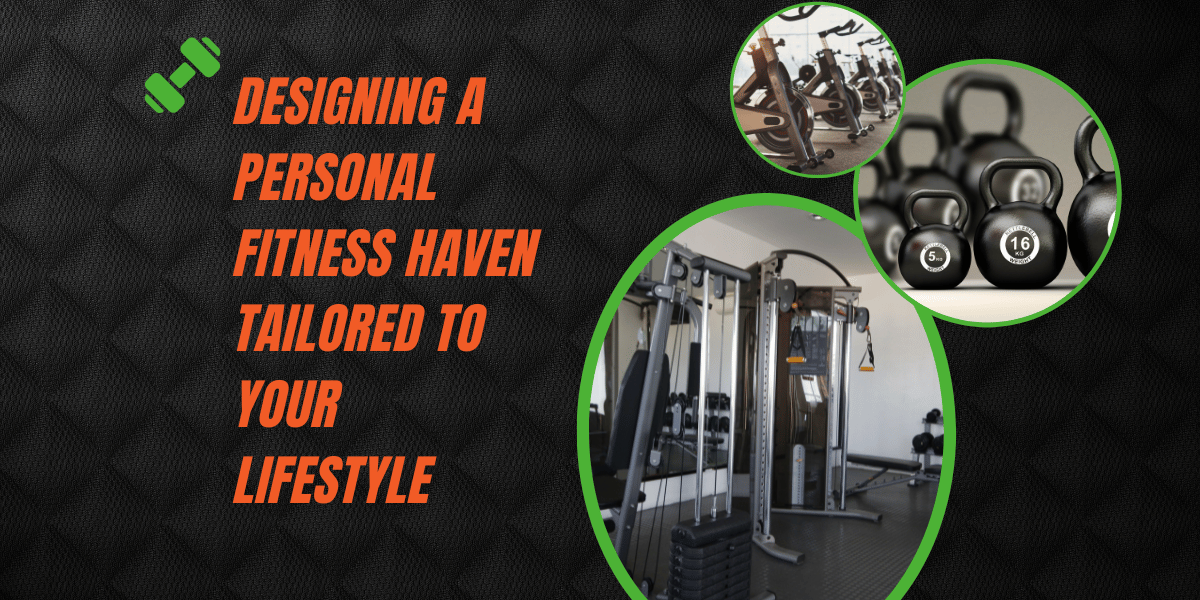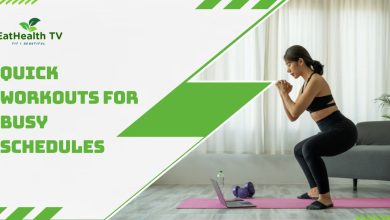How to Create Your Own Home Gym
Designing a Personal Fitness Haven Tailored to Your Lifestyle
Crafting Convenience: A Guide to Designing Your Personal Home Gym
In a world where time and convenience are precious commodities, a home gym offers a sanctuary for fitness enthusiasts. The idea of sweating it out without commuting to a fitness center is not only appealing but also practical. In this article, we unravel the steps to creating your own home gym—a space that not only promotes physical health but also aligns with your lifestyle and goals.

1. Assess Your Space and Budget
Begin by evaluating the available space in your home. It could be a spare room, a corner of your living area, or even a well-ventilated garage. Consider the dimensions, lighting, and ventilation. Simultaneously, set a realistic budget for your home gym project. You don’t need to break the bank; smart choices can lead to a highly effective setup.
2. Choose Your Equipment Wisely
Select equipment that resonates with your fitness preferences and goals. Essentials like dumbbells, resistance bands, and a stability ball cater to various exercises. Cardio enthusiasts might opt for a treadmill, stationary bike, or skipping rope. Additionally, consider multi-functional equipment like a power rack that allows for various exercises in a compact space.
3. Create a Functional Layout
Efficient use of space is key. Organize your gym area so that equipment is easily accessible and free from clutter. Leave ample space for movements and ensure proper ventilation. Depending on your preference, you can place mirrors to monitor your form and create an illusion of more space.
4. Incorporate Motivating Aesthetics
Personalize your home gym to boost motivation. Paint the walls in energizing colors, display motivational quotes, or hang up workout-related artwork. Make the space inviting and inspiring, so you’re excited to step in and work on your fitness goals.
5. Prioritize Safety and Comfort
Ensure safety by using appropriate flooring that’s slip-resistant and provides cushioning. Invest in good lighting to prevent accidents and create an inviting atmosphere. Adequate ventilation is crucial to prevent overheating during intense workouts. Additionally, keep a first-aid kit handy for any minor mishaps.
6. Plan Your Routine
Set a workout routine that suits your schedule and goals. Whether it’s cardio, strength training, or yoga, having a structured plan enhances consistency. Utilize online resources, apps, or even hire a virtual personal trainer to guide your sessions effectively.
7. Stay Consistent
The success of a home gym lies in consistency. Treat your gym sessions as you would any other appointment. Dedicate time, minimize distractions, and prioritize your fitness goals. Consistency leads to results and establishes a healthy fitness routine.
Designing your own home gym is a rewarding endeavor that aligns with modern life’s demands for convenience and well-being. By assessing your space, choosing equipment wisely, creating a functional layout, incorporating motivational aesthetics, prioritizing safety and comfort, planning your routine, and staying consistent, you’ll have a space that not only supports your fitness journey but also adds value to your daily routine. Remember, your home gym is an investment in your health and convenience—a testament to your commitment to a healthier, happier you.




